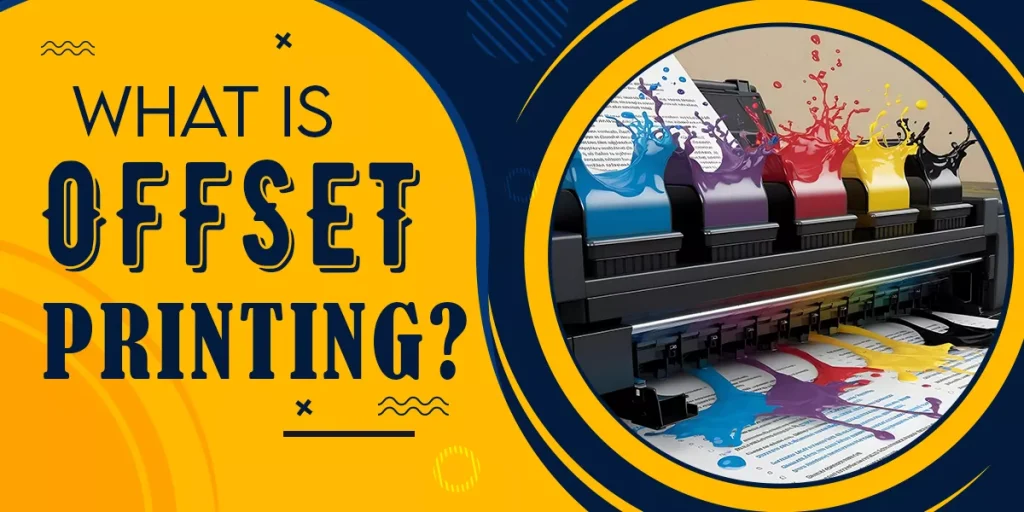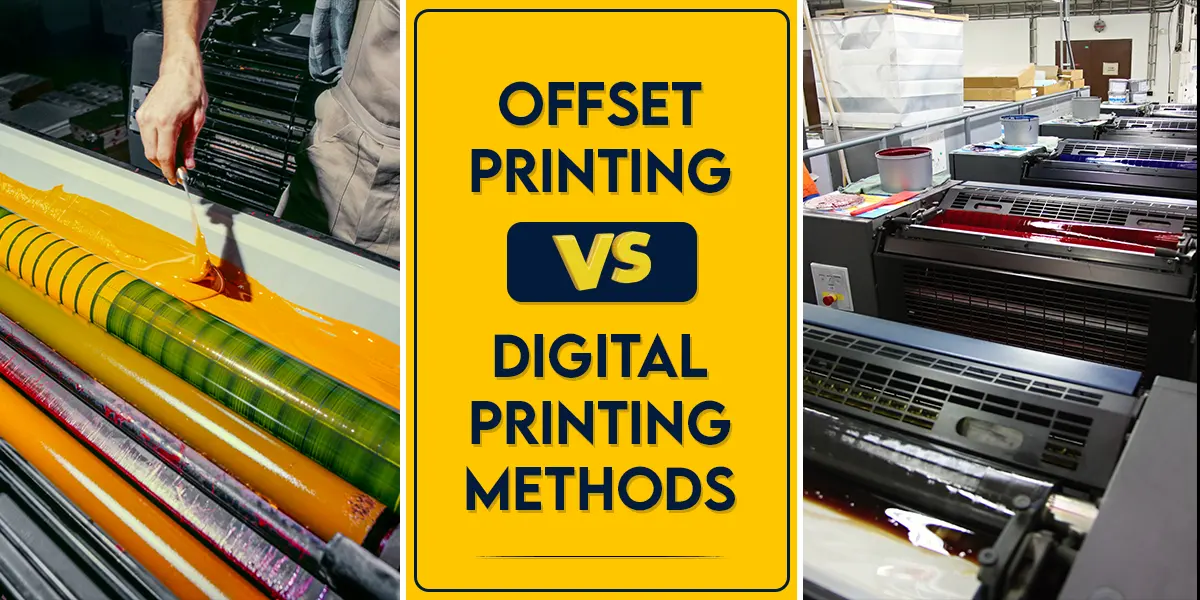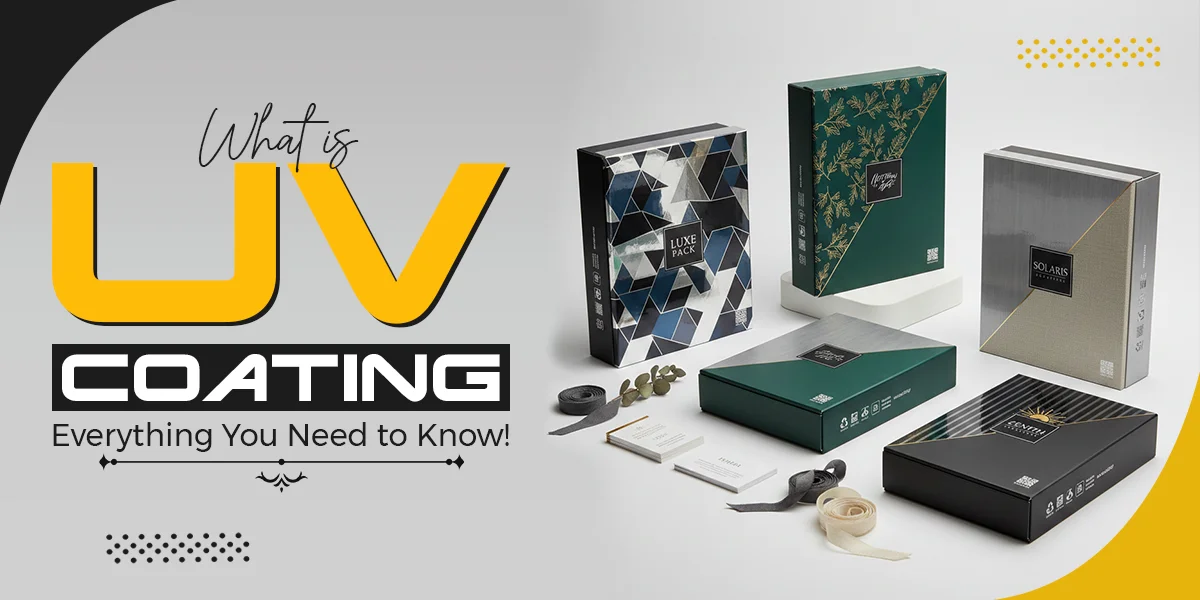Offset printing is a smooth printing method, and it is familiar for its cost-effectiveness, efficiency, and premium quality for larger volumes. It is a popular choice for different businesses, such as newspapers, packaging, books, and brochures. You can explore the offset process to make a well-informed decision for your business needs.
Why Consider Offset Printing for Your Business?
Offset or lithography is a traditional printing method that forwards the ink to a rubber blanket from a metal plate and then to the printing surface. It is an indirect technique to create clear and sharp text and images. You can consider this printing option for the large prints due to the high-quality and consistent results.
Considerations
- Affordable for Large Runs: Higher setup costs but lower cost per unit for larger quantities.
- High-Quality Printing: Ideal for producing detailed and crisp images.
- Wide Color Range: Reproduction of complex colors utilizing the CMYK color model.
- Versatile: The offset printing technique can be applied on different surfaces, such as plastic, cardboard, and paper.
How Does Offset Printing Work?
How does the printing press work? The offset printing process can be used in different steps ranging from the design preparation to running the print job. It is essential to understand how offset works on different packaging options such as cardboard food boxes.
1. Plate Preparation
It is important to transfer artwork onto the metal plates. Every plate usually presents CMYK in a final image. These plates are linked with the image for the ideal printing process.
2. Ink Application
It is crucial to apply ink to the metal plates but only to the etched areas of an image. The rest of the plate will remain ink-free by using water to repel the ink.
3. Transfer to a Rubber Blanket
The ink can be initially moved to a rubber blanket instead of forwarding it directly from a plate to paper. It ensures a clear application of the packaging design.
4. Transfer to Paper
In offset printing vs digital printing, the rubber blanket injects the ink onto the paper to ensure a high-quality printed image. The indirect method makes this printing a unique process.
5. Drying
The drying process is essential when the ink is applied to a paper. This process either uses a cold-set or heat-set drying technique, depending on paper and ink types.
What Is Z Offset in 3D Printing?
Printing offset press has become an ideal choice for printing essential elements on the packaging. Z offset has no direct connection with traditional offset printing because it represents the vertical adjustment in a 3D printing approach.
Basically, z offset is a specific distance between the nozzle and print bed on a 3D printer. This setting is important to achieve an ideal layer height while ensuring that the print is perfect for building the surface.
Lithography Offset Printing
Offset printing is an integral part of lithographic printing. Lithography ensures that oil and water don’t mix during the printing process. An image area of a plate engages ink, whereas areas of non-image repel it.
It ensures that specific parts are printed ideally. Offset lithography enhances the lifespan and quality of the printing process after the transformation of an image on customizable packaging solutions such as custom cardboard pizza boxes.
Offset Printing vs Digital Printing Methods
Offset Printing
- Perfect for High Volumes: This is an affordable option for high-volume production.
- Time Taking Process: Plate setup and preparation are required, which is a time-consuming process.
- Superior Quality: Production of high-quality images and consistent results while ensuring excellent color accuracy.
Digital Printing
- Ideal for Small Volumes: A digital offset printer is a perfect choice without the setup plates. Affordable option to produce small prints for your business.
- Lower Quality for Large Volume: Digital printing faces challenges in achieving high-quality results for large prints.
- Fast Turnaround: It is a faster approach for short runs due to the absence of plates.
Applications
Offset printing applications are mentioned below:
- Books
- Brochures
- Newspapers
- Packaging
Digital printing is an ideal choice for:
- Business cards
- Event flyers
- Customizable prints
Technical Aspects and Settings for Offset Printing
The offset printing method comes with technical aspects to print the artwork on the packaging. You need to consider the color space when using the CMYK color for color reproduction. Digital printing utilizes an RGB color scheme.
Destination Color Space in InDesign for Offset Printing:
Destination color space InDesign for offset printing CMYK is ideal when you are using software such as Adobe InDesign. It ensures the ideal reproduction during the offsetting printing approach. Therefore, you can easily produce larger prints by setting up your press machine.
Machine Settings for Offset Printing
Machine offset printing should be operating with the following settings:
- Impression Pressure: The rubber blanket applies pressure to transfer ink to the paper and ensure crispness.
- Ink Density: It is important to adjust the ink amount to impact the final look, especially with darker color schemes.
- Paper Weight and Type: Various papers have different approaches to absorbing ink. It is essential to choose the ideal type to achieve the desired results.
Applications of Offset Printing
Offset is a versatile option for a number of products in different industries.
- Brochures and Flyers: Ideal option for bulk production of flyers and brochures at a cost-effective rate.
- Magazines and Newspapers: Phenomenal printing approach to produce a larger quantity of images and text while maintaining premium quality.
- Product Packaging: The printing process is a fabulous choice for premium packaging materials such as product cartons or perfume boxes.
Conclusion
Offset printing is a high-quality and premium option to produce prints in a larger volume. It is a reliable option to ensure vibrant colors, sharpness, and consistency whether you are creating publications, packaging, or marketing materials.
It’s a fact that digital printing has become the best option, but offset printing is still an ideal choice for large print jobs due to its superior quality and affordability.






